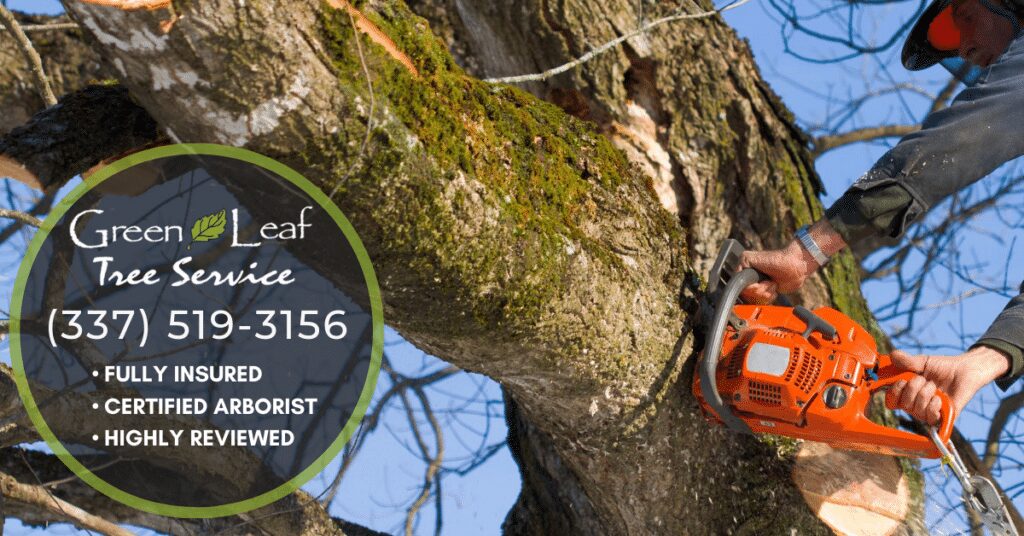According to the top hurricane expert for the weather app and website AccuWeather, the number of hurricanes in 2020 will be above average. The hurricane season, which runs from June 1 to November 30, produces an average of six typical hurricanes and three severe hurricanes each year. An average of 12 storms occurs in the same five-month period. In 2020, however, the predication is for 19 hurricanes. Unfortunately, Louisiana can expect to see its fair share of hurricane tree damage and other types of property damage.
Hurricane Tree Damage in Louisiana
Hurricane Cristobal has already touched down in Louisiana just one week into the hurricane season on June 7. It reached wind speeds of 40 miles per hour with wind gusts of 52 miles per hour. Many Louisiana homeowners sustained damage, particularly to their trees. As you would expect, the heavy winds and intense rain of a hurricane can have a devastating impact on trees, shrubs, bushes, and other plants regardless of size. Here are some of the types of hurricane tree damage you might have at your home or business:
- Acceleration of tree diseases
- Decreased ability to survive future stress such as drought, excessive heat, high winds, and new storms or hurricanes
- Increased risk of damage from pests boring into the tree
- Leaf tissue loss
- Salt damage to leaves and roots, which can cause poor absorption of water and nutrients
- Submerged roots due to flooding
- Wind damage to branches and trunks
It’s important to know what to look for if you suspect that you have sustained hurricane tree damage. This will enable you to make the best decision regarding whether to remove the tree or put added effort into helping it survive.

How to Tell if a Tree Needs to Be Cut Away from Your House
It can be difficult to think about parting with a beloved tree. Trees provide comfort, shade, and a sense of peace just by looking at them. However, sometimes a tree sustains so much damage from a hurricane that removing it or cutting it away from the house is the only option. We recommend that you start by looking for symptoms of disease in the tree such as leaning to the right or left rather than standing erect.
Cavities or cracks in the trunk of a tree could mean it’s diseased and needs to be removed. Having deep or numerous cavities or cracks could indicate the tree is already dead. It could also be rotted, diseased, or infested with pests that could do extensive damage in the future. You should look at the base and roots of the tree as well. If you can see the roots of a tree, it means it may not stand on its own much longer. Seeing fungus or tree shavings that resemble sawdust are additional clues that the tree needs immediate help.
Contact Green Leaf Tree Service for Hurricane Tree Cleanup
Green Leaf Tree Service, located in Baton Rouge and Lafayette, offers professional and efficient hurricane tree service. We use heavy crane equipment to get the job done quickly without causing damage to your yard. Please contact us at 337-519-3156 for either location to schedule a time for our professional Arborist to survey your hurricane tree damage and provide you with a quote for repair or removal.

